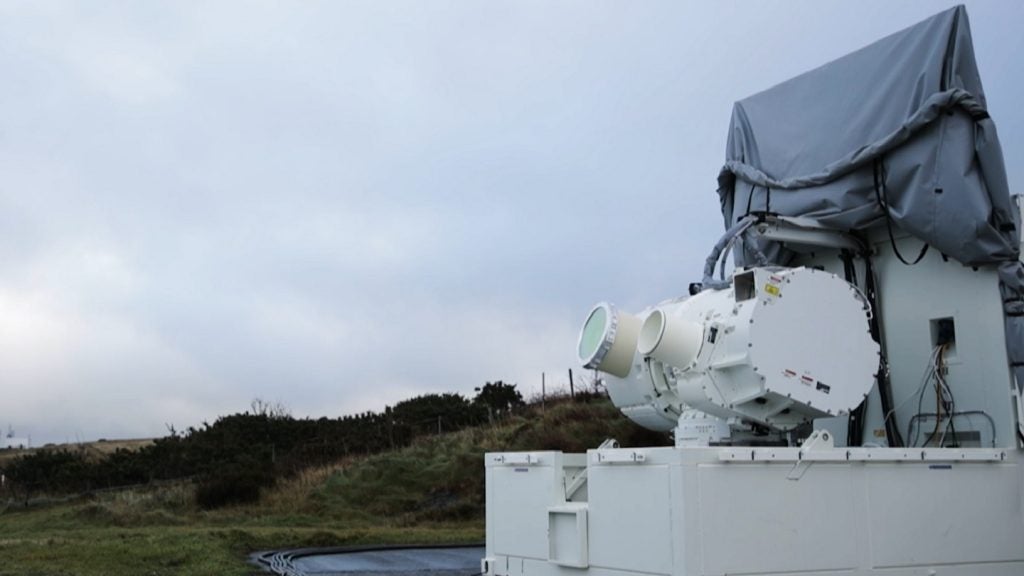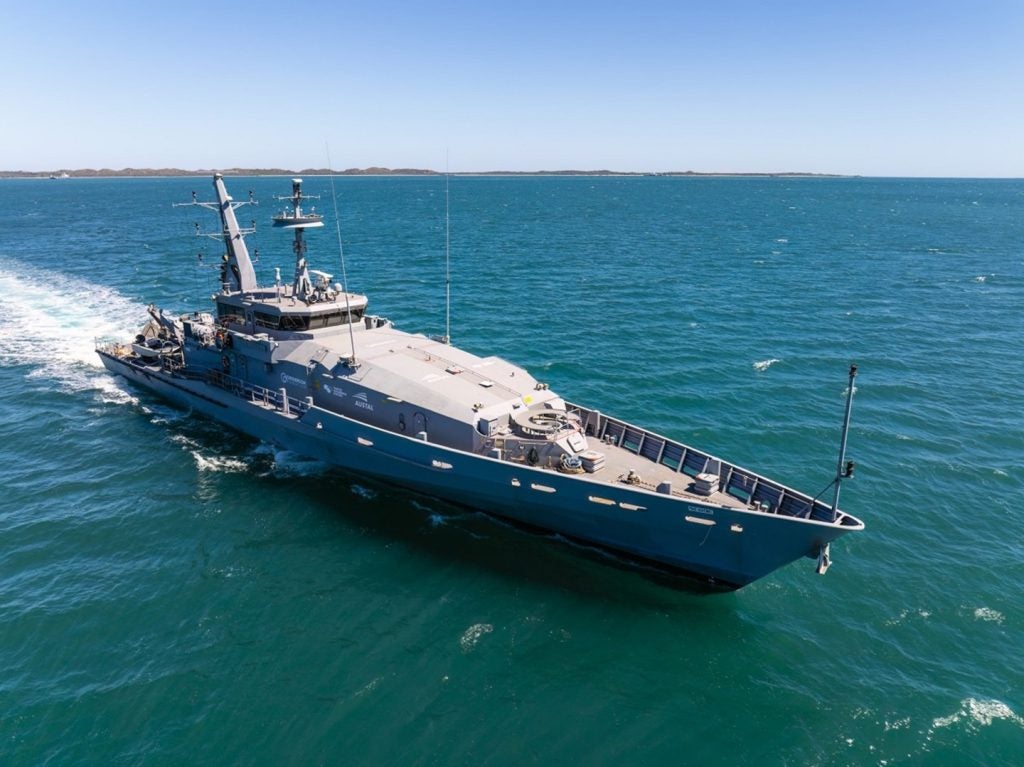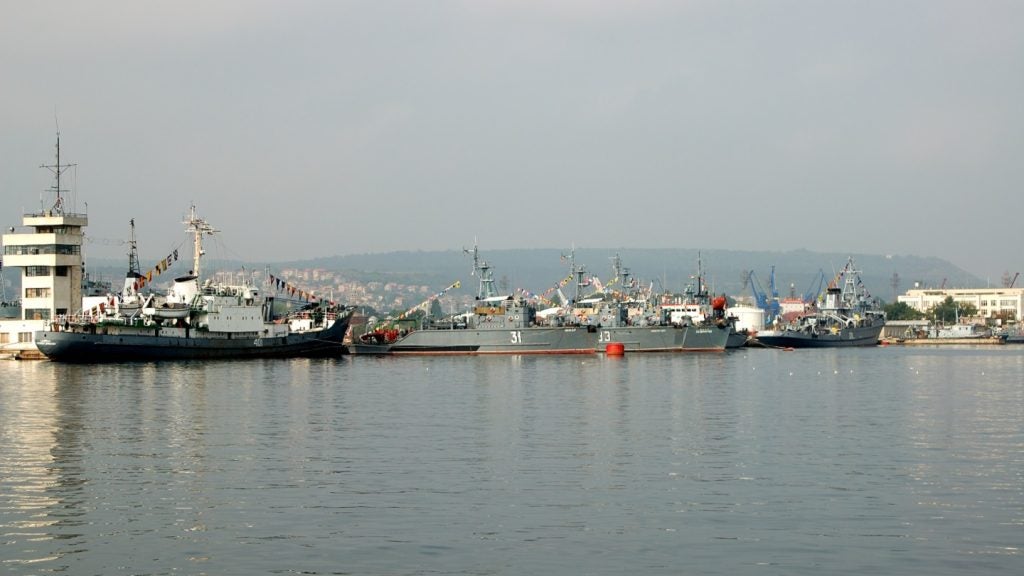A system to inspect the structural health of a vessel at sea using a network of fibre-optic sensors is being developed by the Australian Defence Science and Technology Organisation (DSTO).
The developmental work of the system is being carried out in collaboration with the US Naval Surface Warfare Centre, US Naval Academy and the CRC for Advanced Composite Structures, according to thegovmonitor.com.
The system will carry out a rapid, non-destructive inspection of large composite structures of the ships which have been structurally damaged by underwater explosions, impacts with submerged objects and repeated pounding from high seas.
DSTO research scientist Claire Davis said the current system, known as SIDER, was developed for the US Navy and relied on procedures applied when the vessel is docked.
How well do you really know your competitors?
Access the most comprehensive Company Profiles on the market, powered by GlobalData. Save hours of research. Gain competitive edge.

Thank you!
Your download email will arrive shortly
Not ready to buy yet? Download a free sample
We are confident about the unique quality of our Company Profiles. However, we want you to make the most beneficial decision for your business, so we offer a free sample that you can download by submitting the below form
By GlobalData“We are adapting the technique so it can be performed at sea, reducing platform downtime,” she said.
See Also:
The new system will replace SIDER excitation grids with sensory networking that uses state-of-the-art Bragg gratings in optical fibres.
The lightweight and corrosion-resistant optical fibres are immune to electromagnetic interference with the dimensions of human hair.
The system can be surface mounted or embedded within the vessel’s structure with minimal intrusion.
The structural responses to environmental excitation caused during the vessel’s movement at sea will be recorded by the fibre-optic sensors.
“The number of sensors that can be written on a single fibre is limited only by the length of the gratings and wavelength bandwidth of the light source available for interrogation,” Davis said.
The system will be fitted to an in-service naval composite structure following its successful demonstration by the DSTO researchers in Melbourne.







